Season’s greetings! This year, I am spending the end of the year in Japan (again), or in other words, we are sadly not flying home at this time. Fitting to the occasion, today I want to introduce some of the Japanese Christmas celebrations and New Year’s traditions and how we experienced them.
Advent season
Illuminations
With December coming, the streets are decorated and illuminated similar to European cities. At various places, large scale „illuminations“ are set up which attract the crowds beyond Christmas, with some staying up until the end of winter. Compared to western festive decorations, these illuminations use more colors and also include cold colors I usually would not associate with Christmas. In Odaiba we also saw an interactive projection mapping installation that was fun to play with.
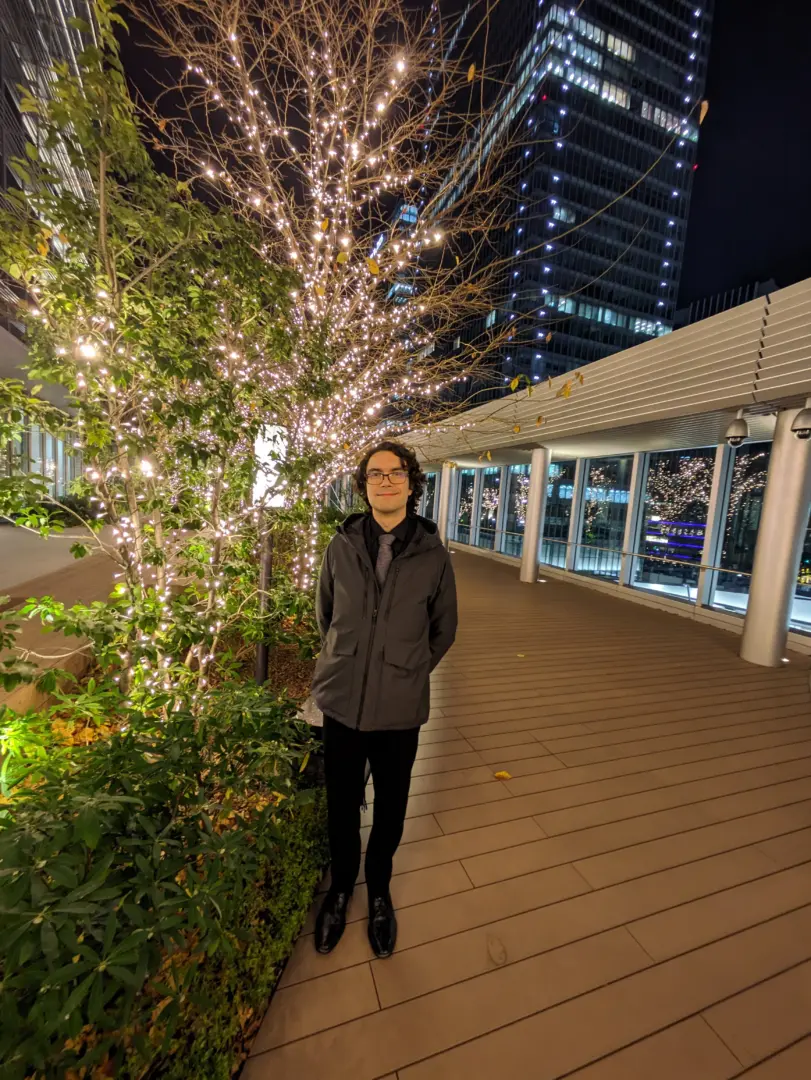
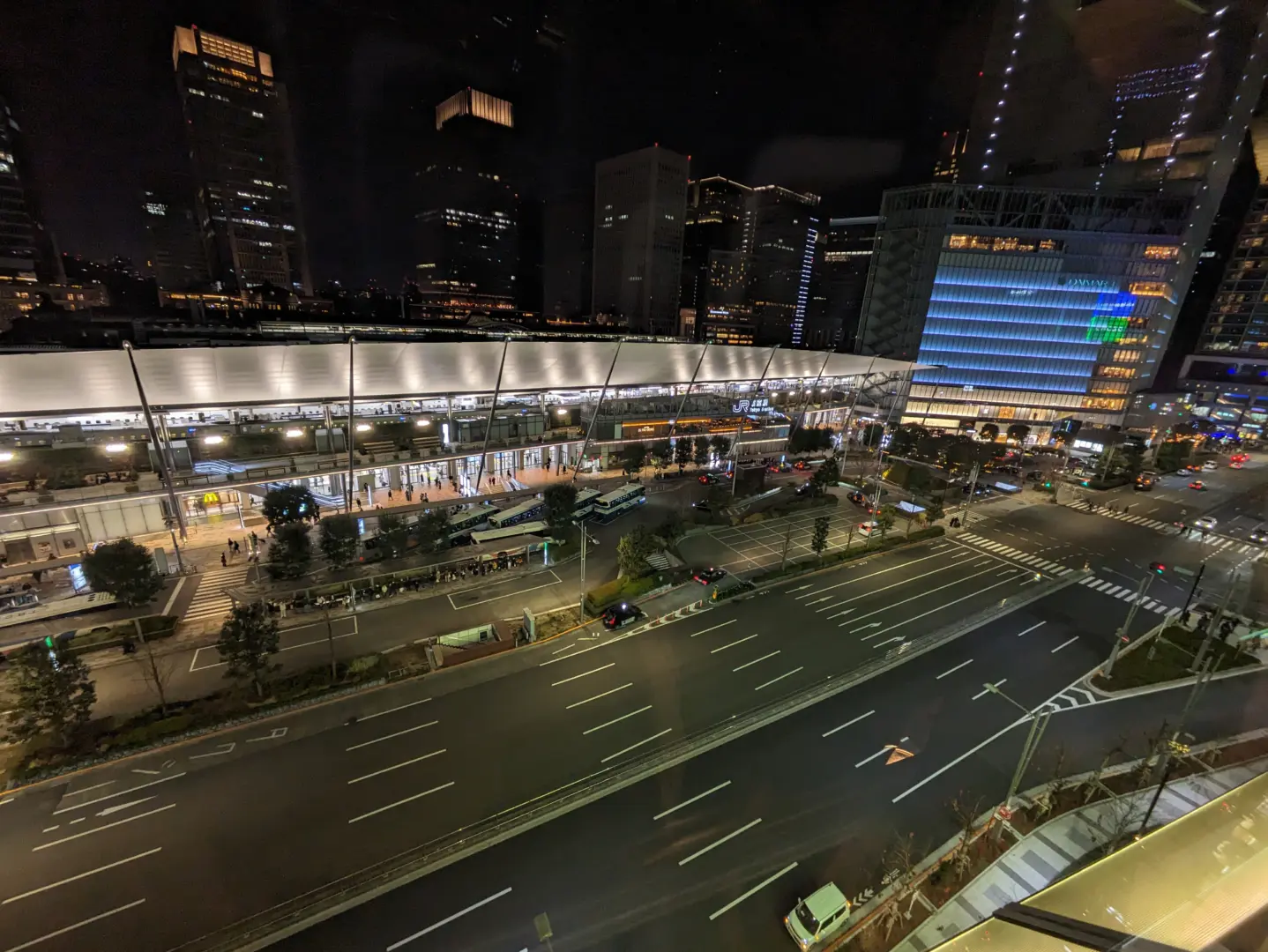

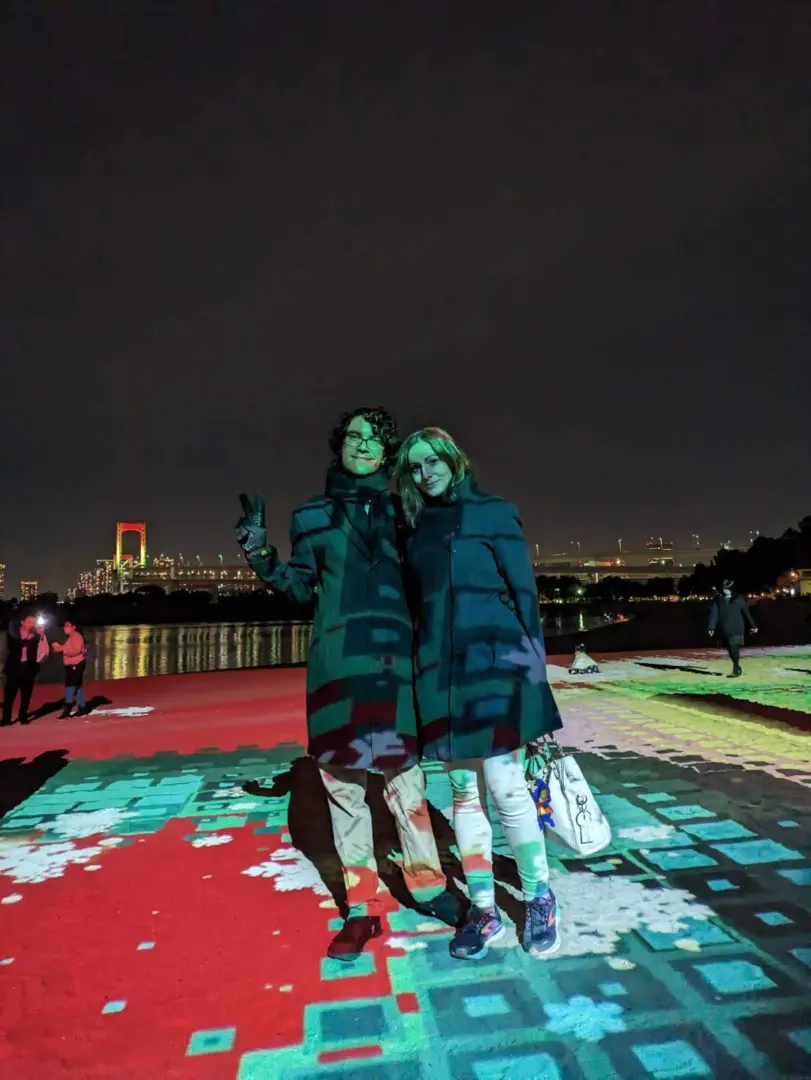
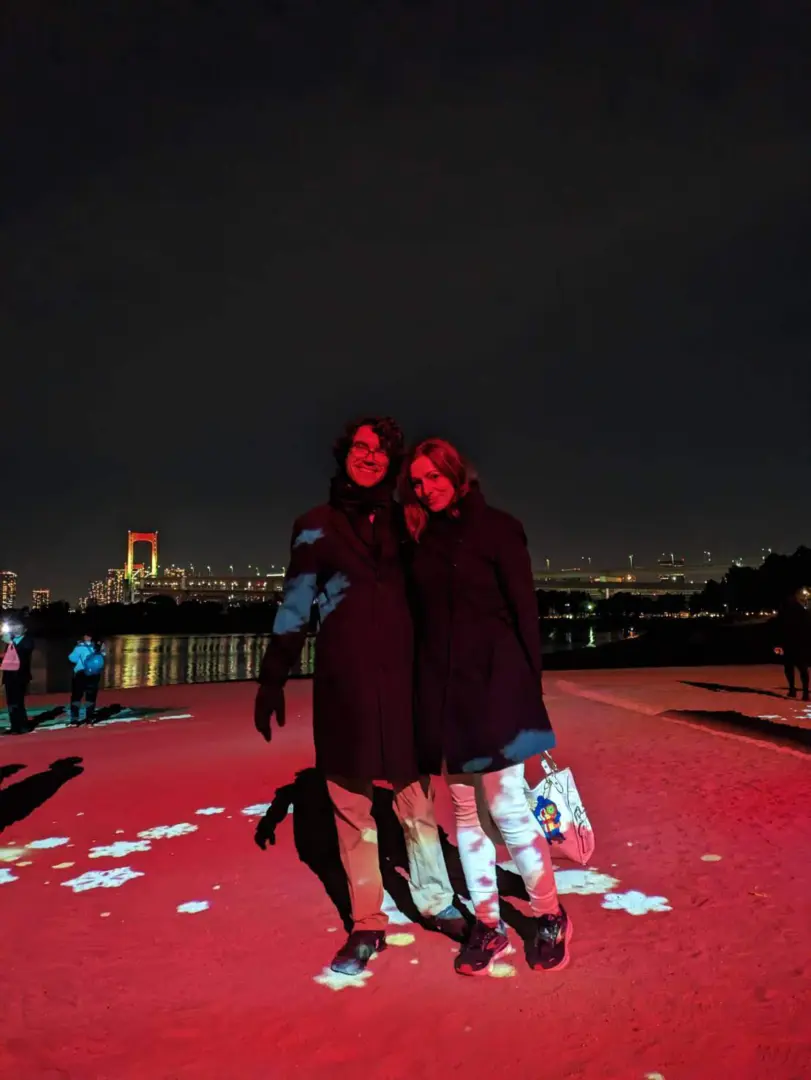
Christmas Markets
Christmas Markets are the to-do thing in the weeks up to Christmas Eve. Many Japanese people are equally excited about them and replicated them in major cities. Tokyo alone has more then five ones and Yokohama also features a major one. I went to check out the quite recent one in Meiji Jingu Gaien, just adjacent to the newly built Olympic Stadium. While some familiar items feature (hot beverages, German food), the atmosphere is not quite the same and every store sells the same thing (sausages and beer) at higher than tolerable prices. The German embassy however supports the event and even donated a traditional Christmas pyramid, which was a highlight of this market.
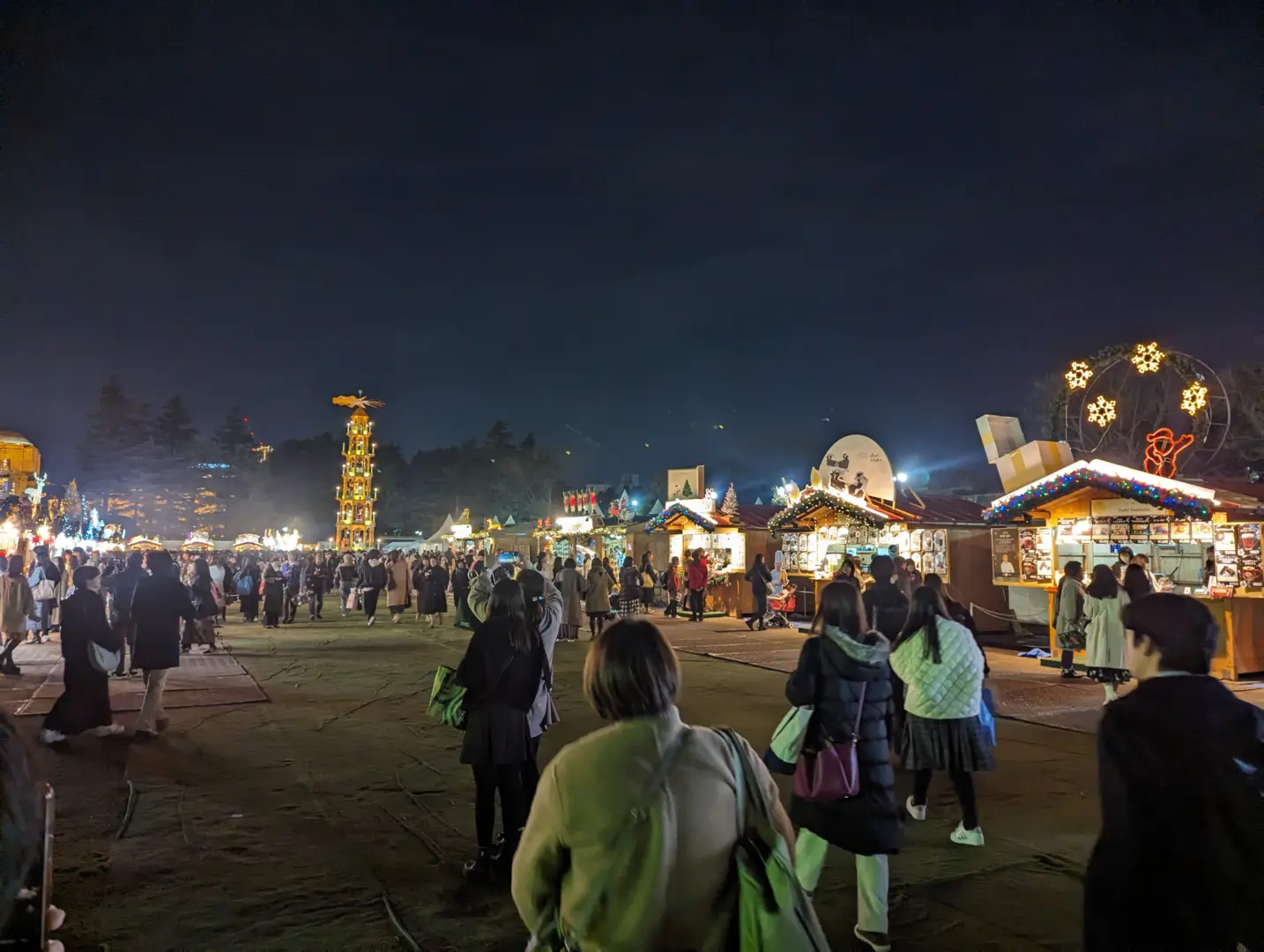
Christmas
In the blink of an eye, it was Christmas Eve. Because Christmas is a mere celebration and no holiday here, I had to work over Christmas. Luckily, Christmas Eve happened to lie on a Sunday, so we could spent Christmas at home after all. For a lack of vendors and preparation time, we did not get a tree but tried some of the typical Japanese Christmas activities.
Christmas dinner
Here, Christmas is not a family event but one for friends and partners. We had a Japanese multi course dinner near Tokyo station to celebrate the occasion.
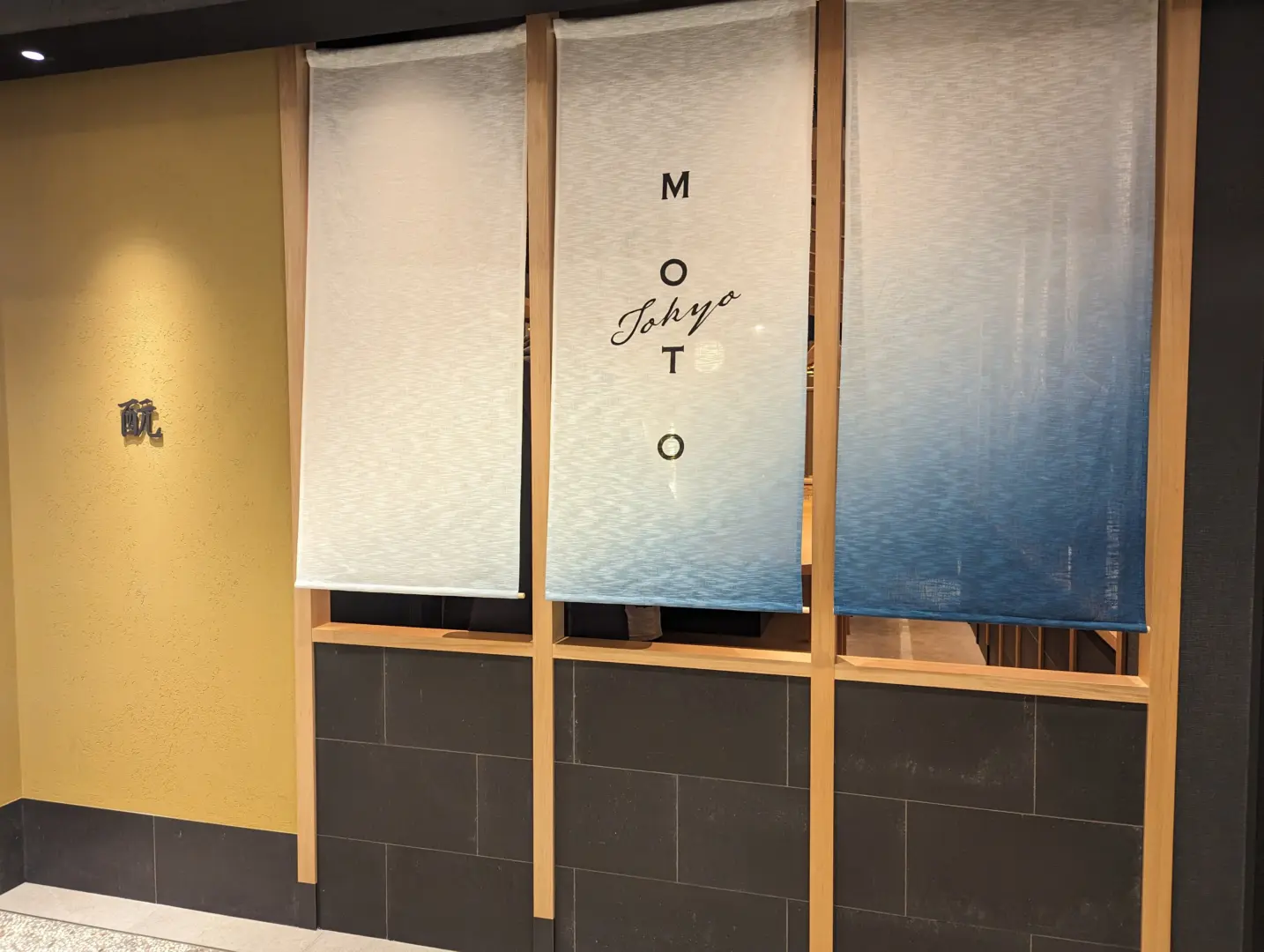
Christmas Cake
For a lack of ovens in Japanese’s homes and some influential marketing, roasted chicken became the classic Christmas dish here. Another typical thing is to eat Christmas cake. These cakes usually need to be reserved in advance and strawberry short cakes are the most popular variant. We also embarked on this experience, but ordered a maroon roll cake. Still, we could not resist the taste of strawberries in winter, so we bought some independently. Here strawberries are grown in green houses until winter, so they can be enjoyed in the cold months as well.
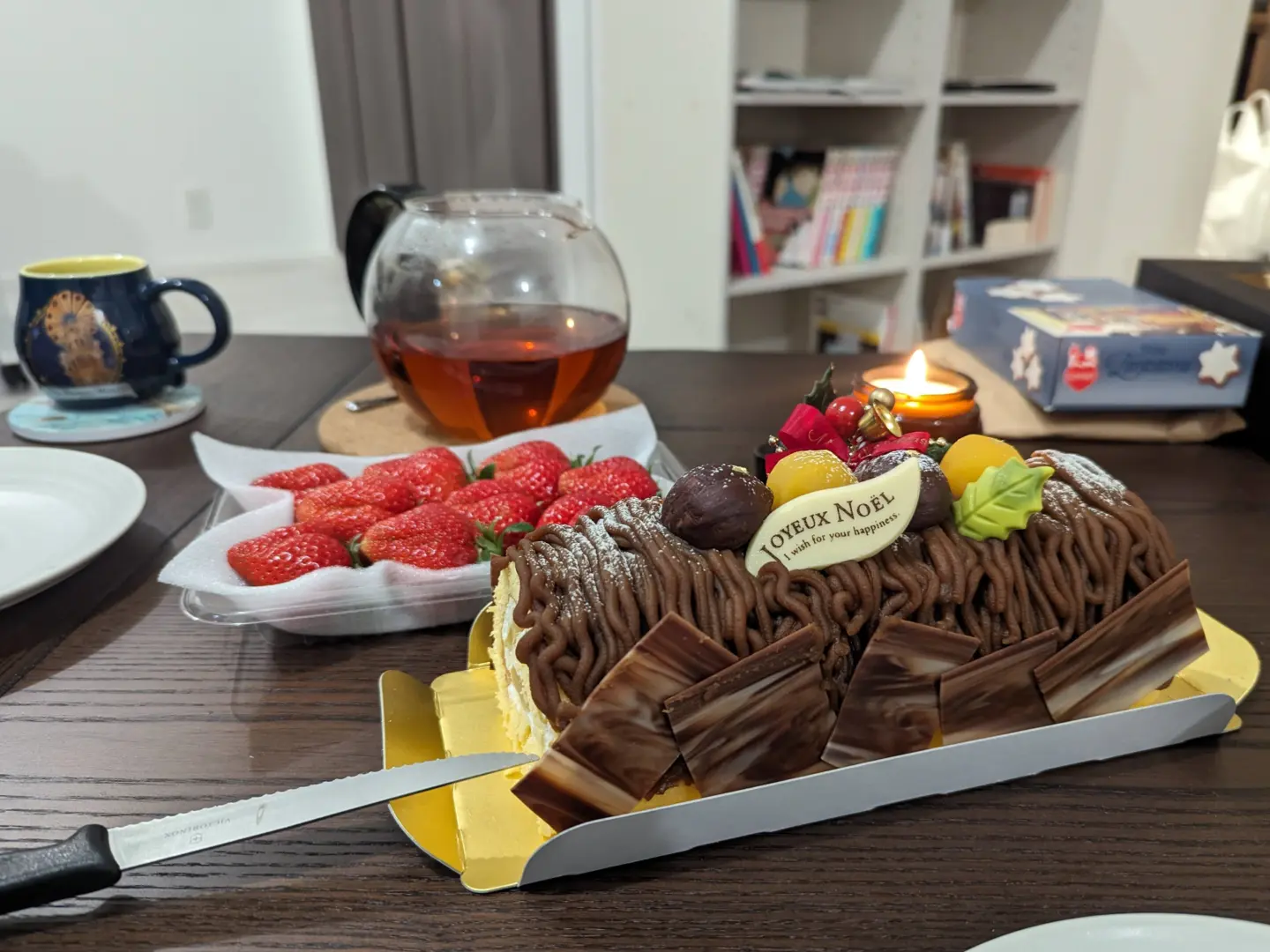
New Year’s Eve
Toshikoshi soba
We enjoyed handmade soba noodles I bought in Chichibu together with chestnut tsuyu as our version of toshikoshi soba (year passing soba noodles), a typical dish enjoyed on the last day of the year. The meaning of this tradition is that like the long noodles one hopes for a long life. Alongside we drank amazake (a hot sweet rice drink) and zouni (red bean soup with mochi rice cakes).
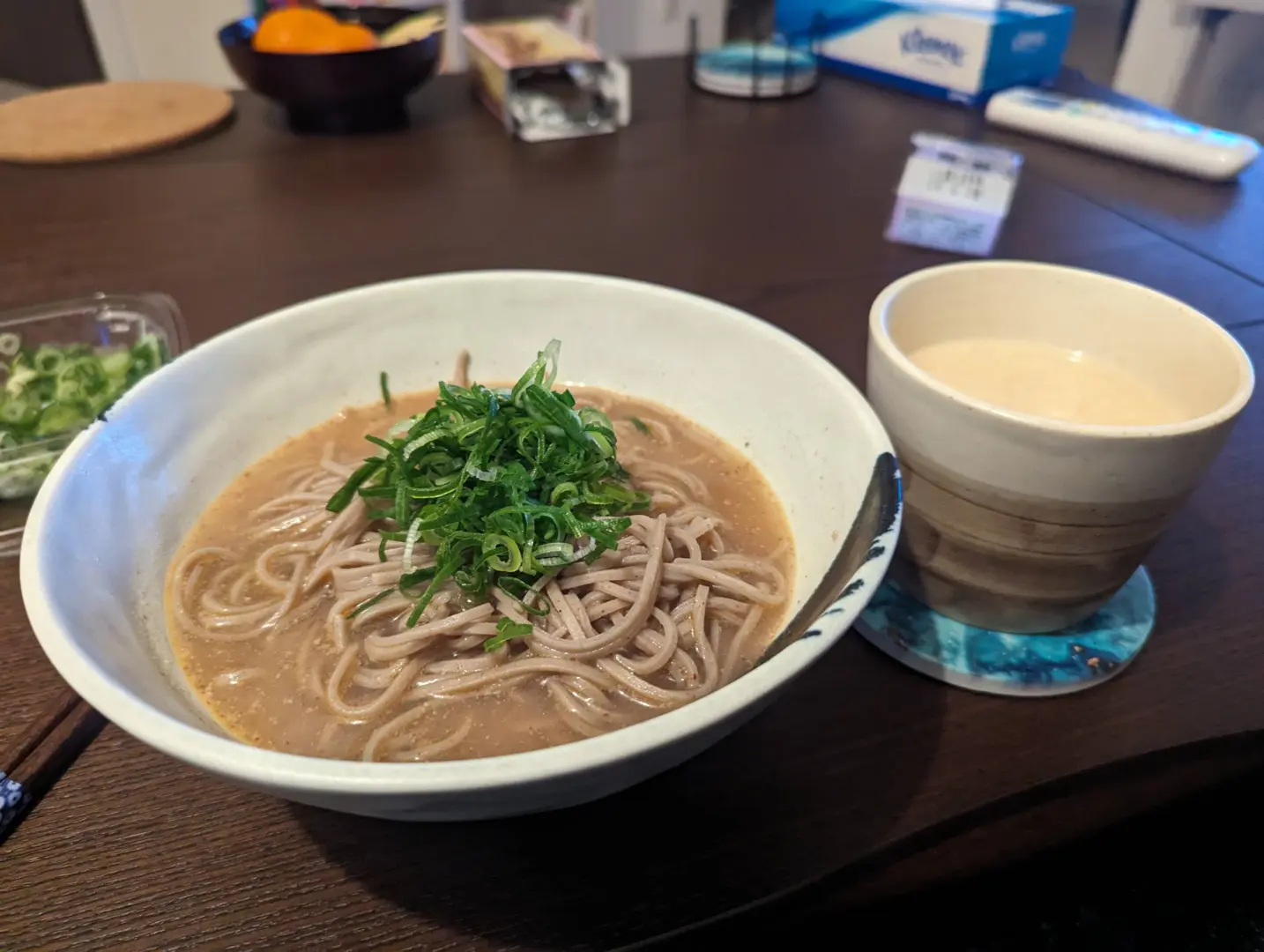
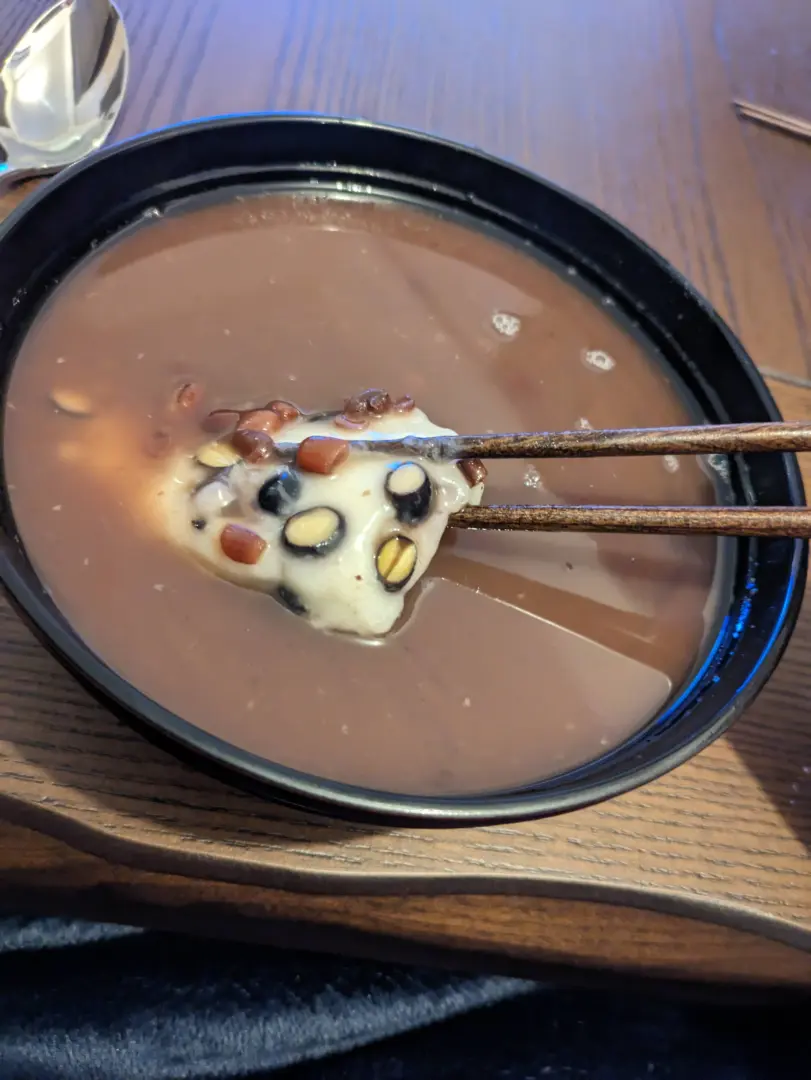
No fireworks but…
I don’t know about you, but fireworks are what defines New Year’s Eve for me. Here in Japan, this tradition does not exist, and fireworks are displayed in the summer instead. Thus, the New Year starts quietly with the only sound being the 108 rings of the large bell at temples. However, there is a short fireworks display in Odaiba every weekend in December.
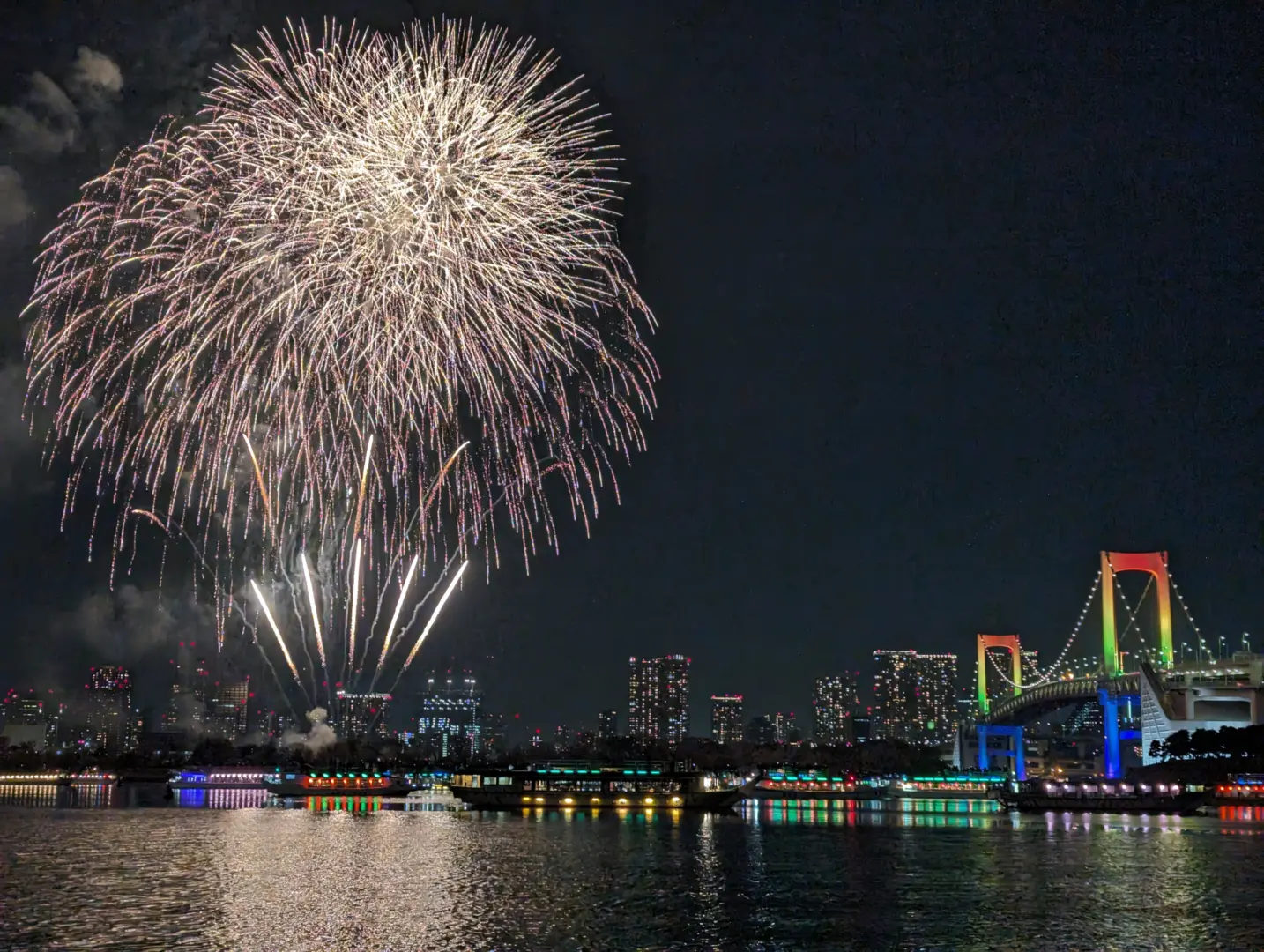
No Countdown
Over the years, people gathered in Shibuya for counting down the New Year and celebrating. However, this year, the local authorities have canceled the gathering over growing concerns of overcrowding and dangerous behaviors (the same precautions were taken for Halloween).
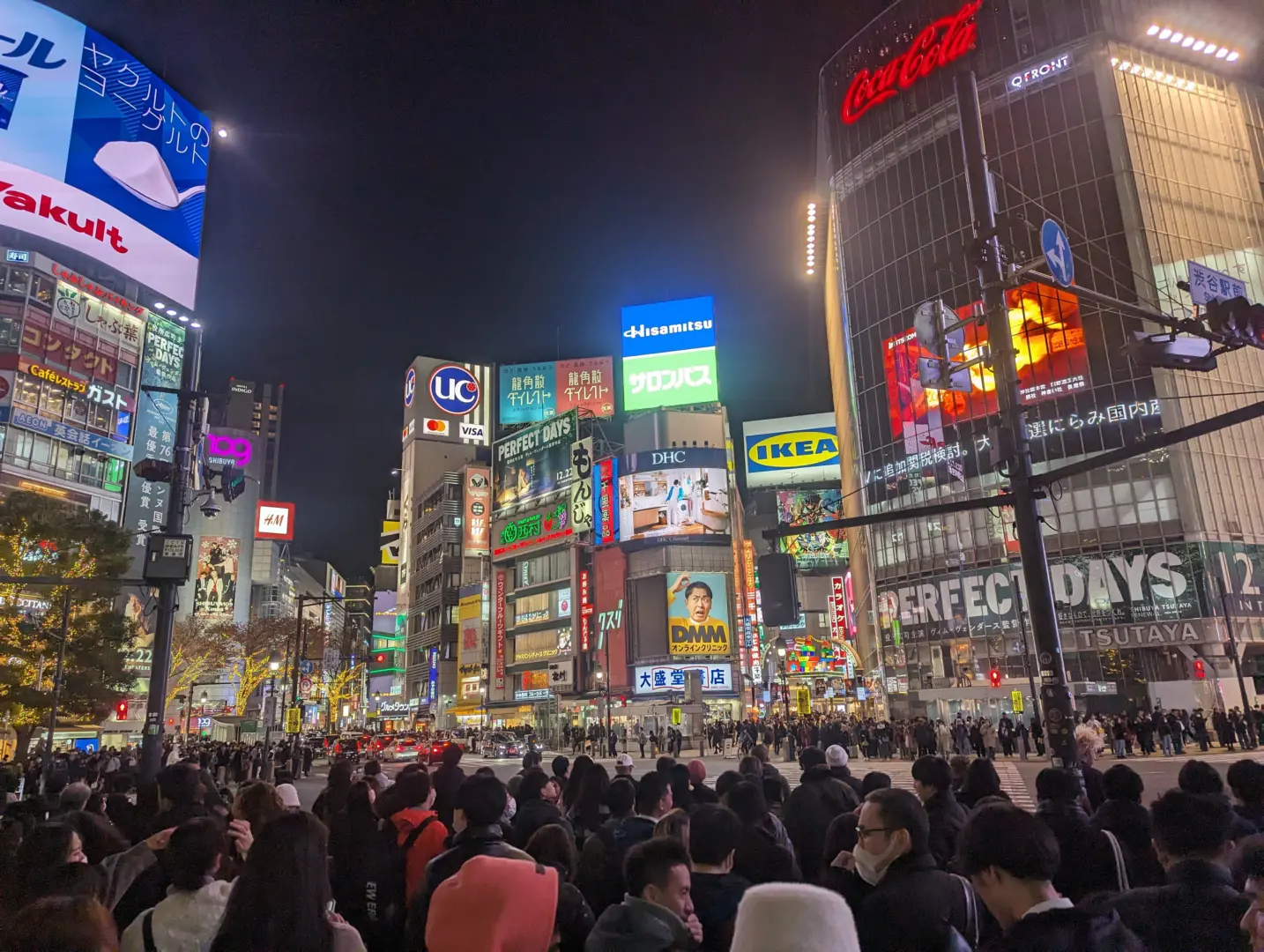
Shibuya crossing on a normal evening.
At midnight it was completely silent. No fireworks, no sounds, no celebrations. At first, it was strange to greet the new year with silence, but it felt welcome, remembering all the unnecessary ambulances required because of careless firework launching. After a toast, we ventured out to experience hatsumode.
Hatsumode
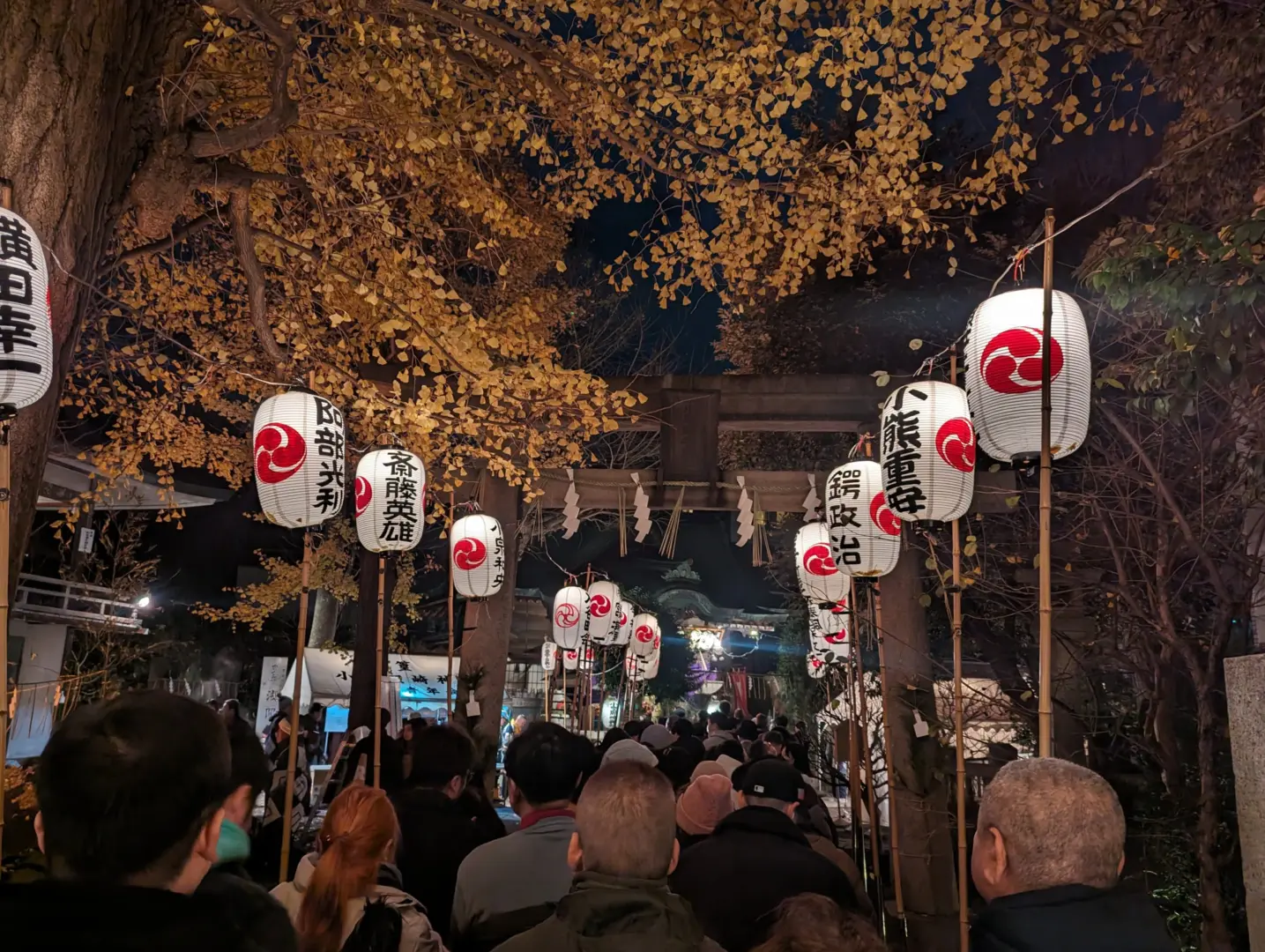
Around half past 12 we left to find a local shrine for the first visit of the year, also called hatsumode in Japanese. It was no surprise that a queue already had formed but after half an hour we were at the front. From time to time we heard flute and drum play while a ritual fire was safely fueled with expired charms returned to the shrine.
New Year’s Day
What is Christmas for many people in the West, is New Year’s Day for Japanese people. It is a time for going home, spending time with the family and to relax. For this reason, the whole country shuts down between Dec. 29th and Jan. 3rd and trains and planes are booked out as the whole country is on the move.
First sunrise
Literally the first thing to do in the New Year is watching the first sunrise of the year. Observation decks and view points sell special entry tickets for January 1st and people venture out in the early hours to see the sunrise over Mt. Fuji.
We had the luxury to be able to enjoy the sunrise from our apartment.
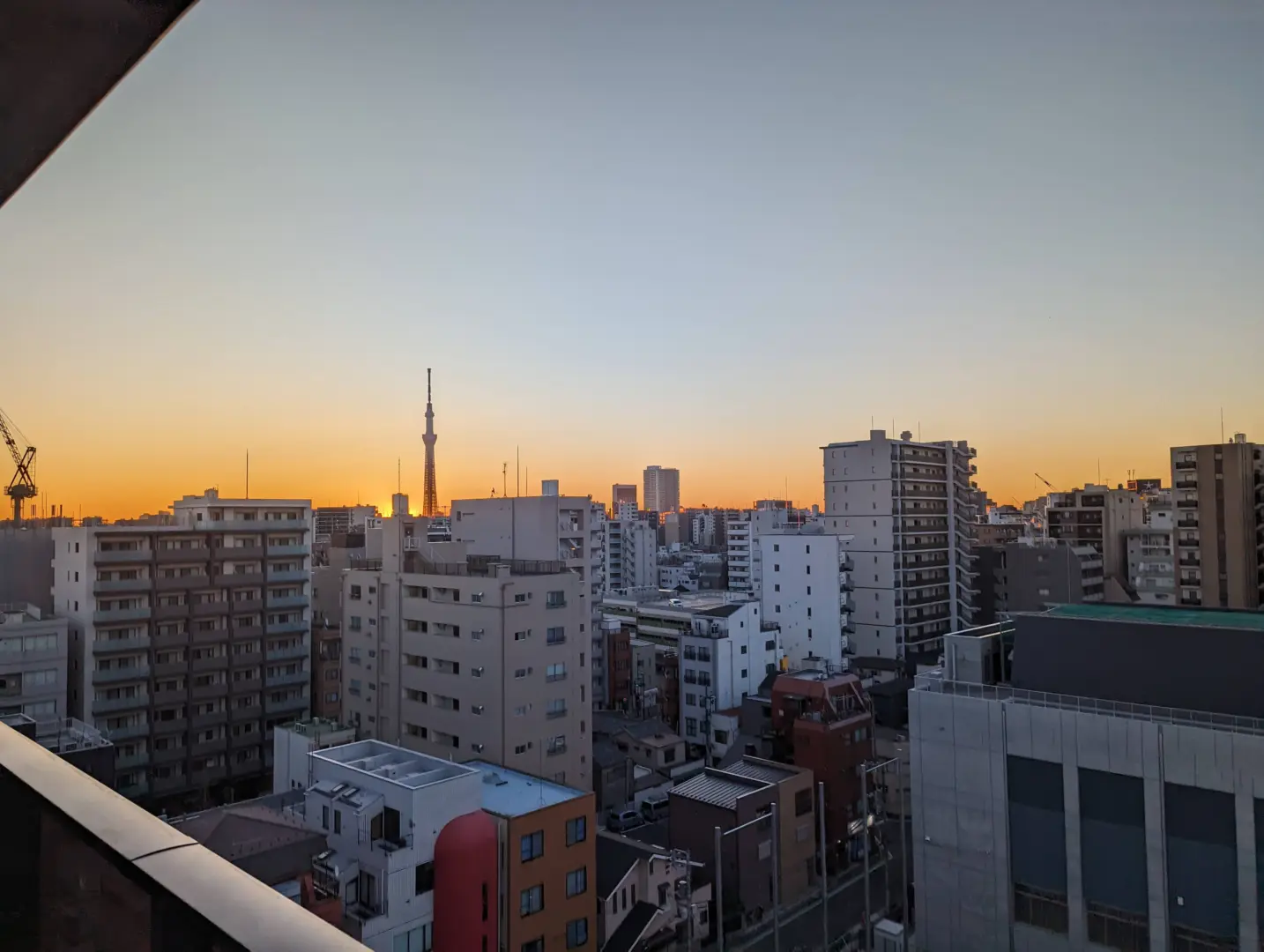
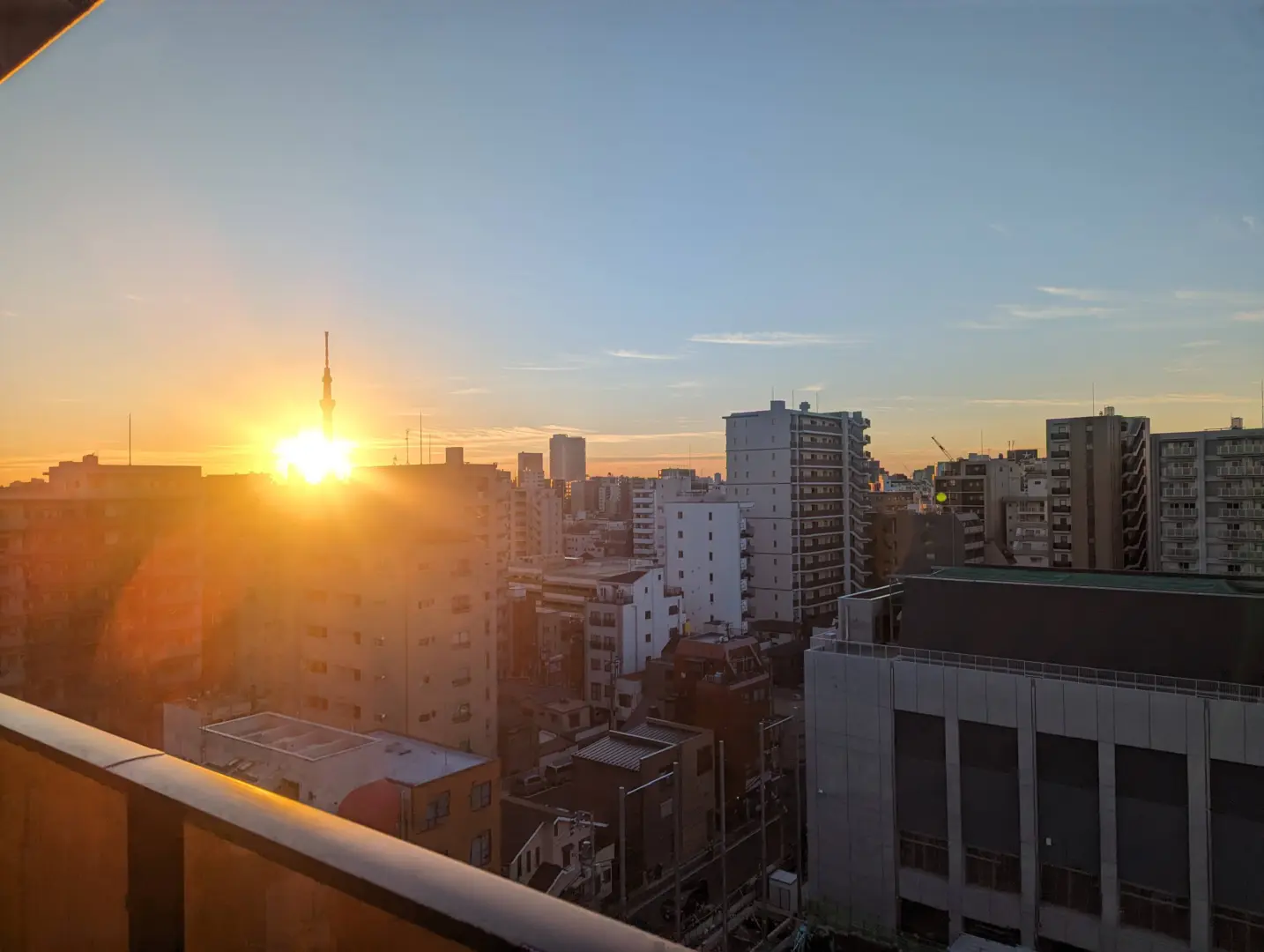
Nengajo: New Year’s Postcards
In the last weeks of the year people write New Year’s greeting cards to their friends, business partners and anyone they are grateful for. The cards are collected until Dec. 25th and held back until the morning of January 1st. In the early morning hours, the cards are delivered all at once.
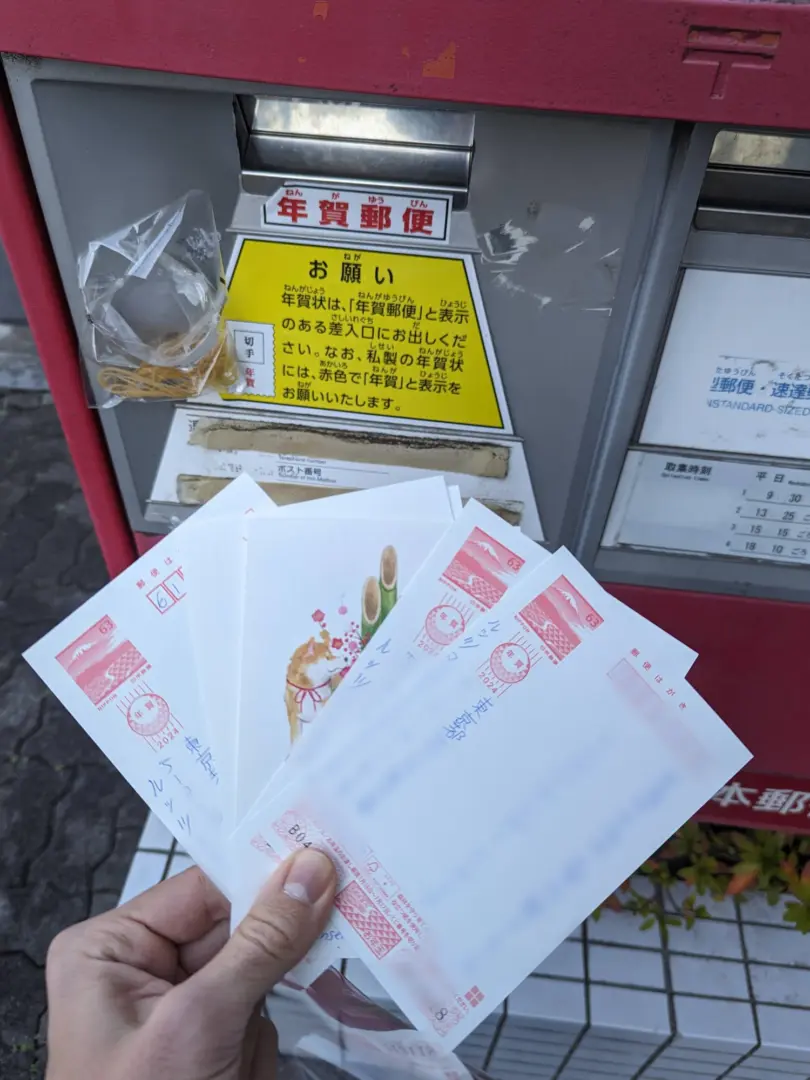
Osechi
It is tradition to eat various pre-made foods, called osechi on New Year’s day. It can be likened to a fancy version of a bento box and contains various delicacies that each have an associated positive wish for the new year. For example, shrimps are meant to bring longevity (until one is as old to bow like a shrimp).
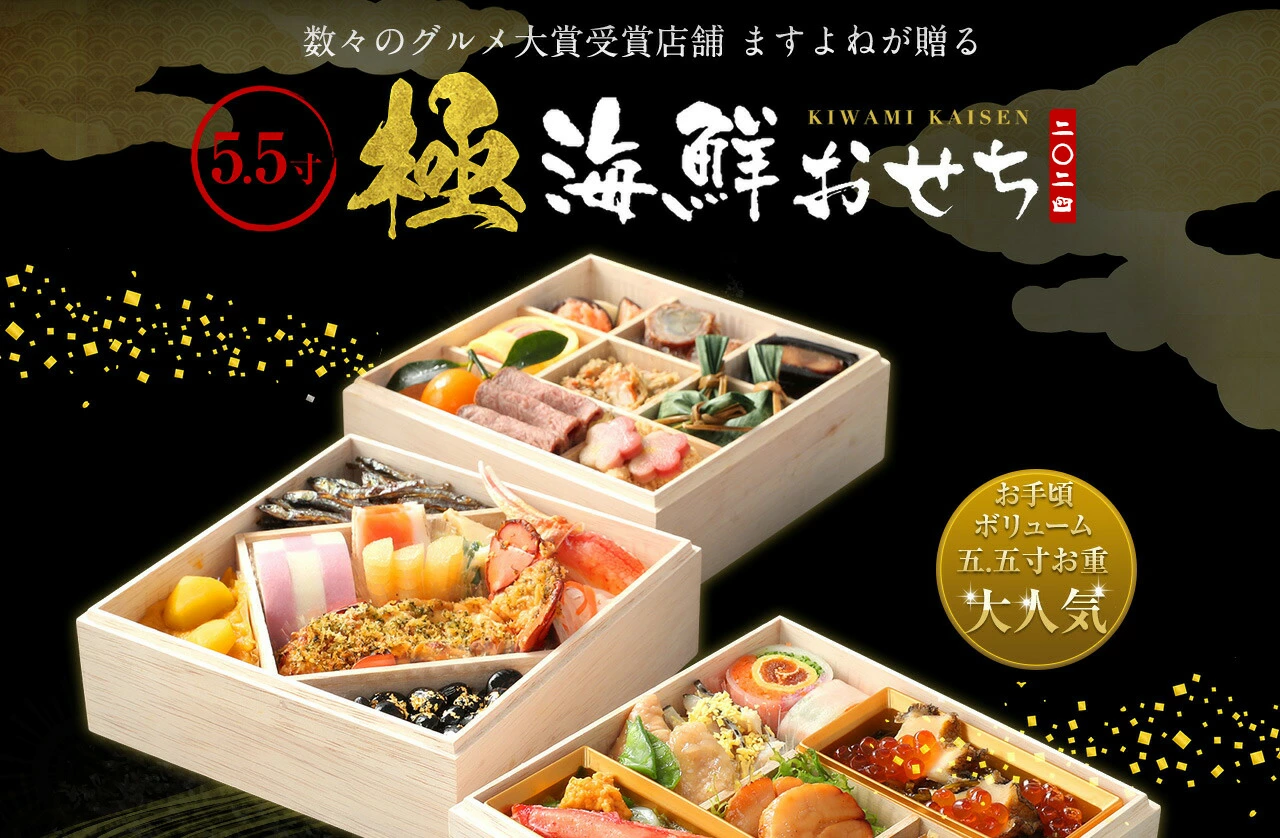

Mochi pounding
Mochi tsuki, or mochi (chewy rice cake) pounding, is a traditional pastime around the year change. Because it is a big undertaking and requires specialized tools (a wooden bowl and mallet), the pounding is usually conducted as a community event. At work I had the chance to try it out for myself this year!
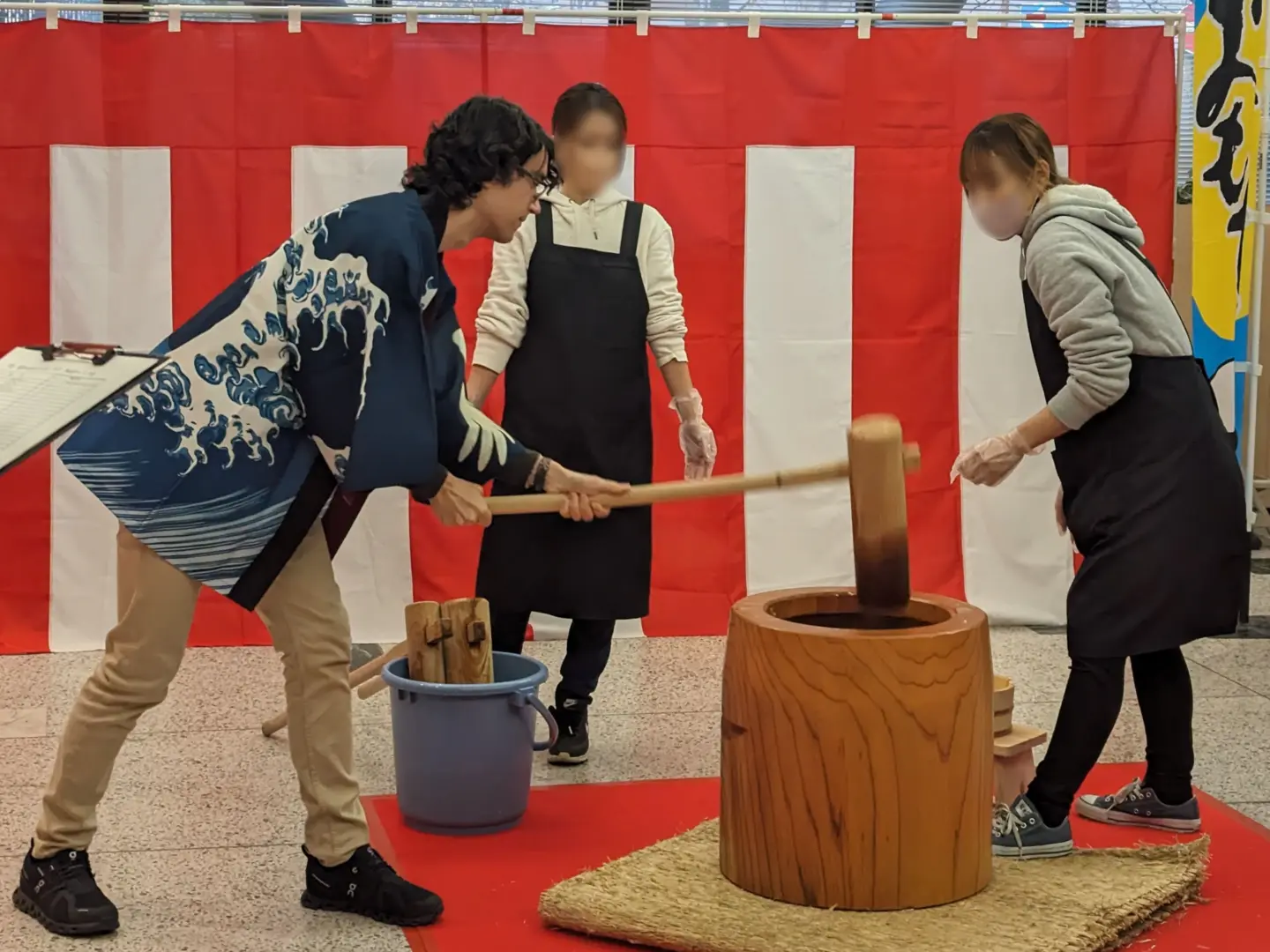
How do you celebrate Christmas and New Year’s Day? Let me know in the comments.
Pingback:Winter vacation in Tohoku - Tabimonogatari - 旅物語